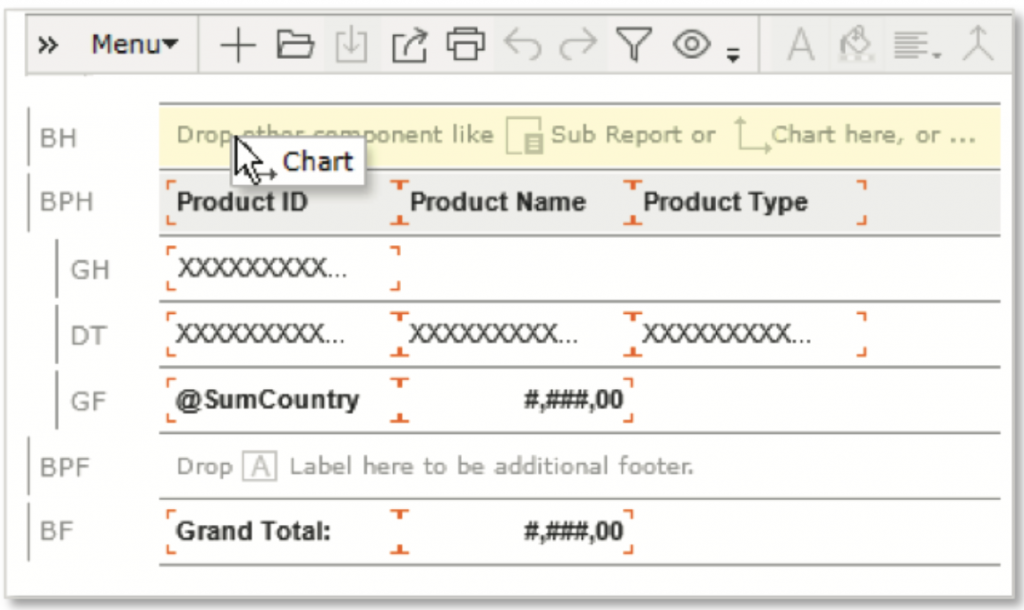6 Operational Reporting Capabilities to Consider

Organizations today turn to reporting and analytics for nearly every business decision. But companies continue to struggle with getting information to the people who need it most, in formats they understand, and in a timeframe that supports their business needs. Operational reporting can help to solve this issue by providing a look at the day-to-day activities within an organization, but there are some key considerations to make when developing these types of reports.
What is Operational Reporting?
Operational reporting helps organizations present data and distribute information to the right people, in the right format. By embedding operational reports in their applications, software teams can give their end users interactive data visualizations and detailed information in highly precise formats and layouts. Plus, operational reports can easily be distributed to different users, departments, or other companies via web browsers, email, PDF, and print.
Beyond the Basics: 6 Best Practices for your Operational Reporting Workflow
Download NowTo empower your report developers to build powerful and precise operational reports, look for these six must-have capabilities:
#1. Banded Layouts
Developers should be able to organize operational reports into sections, called “bands.” Those bands can repeat within a page or across pages to present aggregated and detailed data. Bands can also be nested, by placing aggregated or group data summaries at the appropriate band level.
Operational Reporting Capability Example – Banded Layouts
#2. Pixel-Perfect Formatting
Developers should have control over the properties of every report object (including tables, charts, lines, fonts, shading) so they can precisely place and control each object. Common uses of pixel-perfect reports include invoices, documents, and forms that need to be exported to PDF, printed, and/or archived for regulatory compliance.
#3. Template Designer
A report template design tool allows developers to rapidly create templates in a design-only view and focus solely on the structure and format—without getting distracted by the data. Developers can insert and lay out objects and control each one with fine-grained detail via properties.
Operational Reporting Capability Example – Template
#4. Pagination
Pagination controls let developers cleanly insert page breaks, either between objects of a report or within an object of a report (such as a table). Report developers can decide how to put relevant information on the same page or when to eject and start a new page.
#5. Sophisticated Data Engine
A sophisticated data engine enables developers to customize the behavior of the report interactivity based on the specific needs of end users. Operational reporting requires this capability to present aggregation and detailed information at multiple levels as well as allow data exploration and interactivity.
#6. Delivery
The best way to ensure the delivery of critical information to thousands of users (i.e., large-scale report distribution) is to use a high-performance and highly scalable solution. Look for an operational reporting solution backed by SaaS-grade multi-tenant security and scalability (which should include clustering, report bursting, and batch scheduling).
Learn more about operational KPIs and metrics to help you craft better operational reports.


